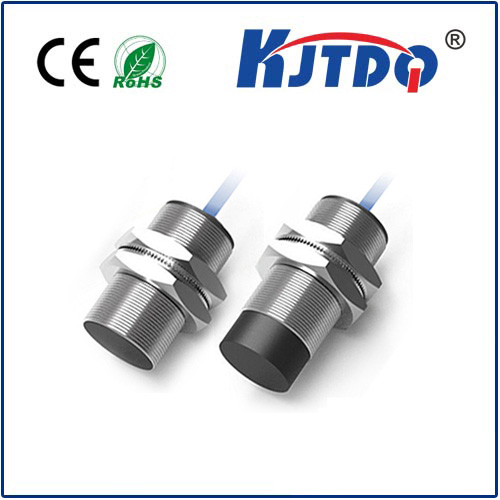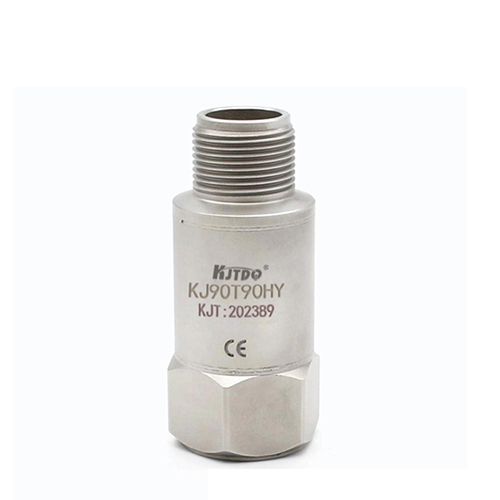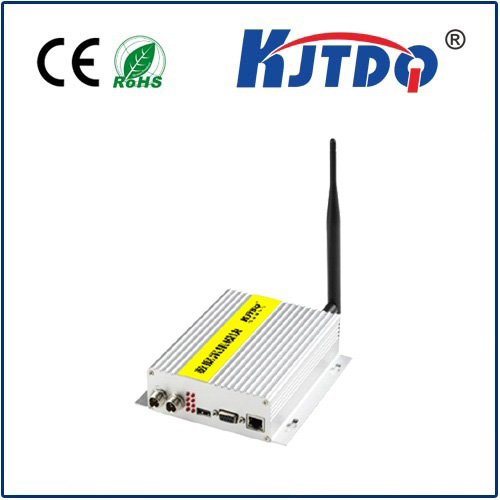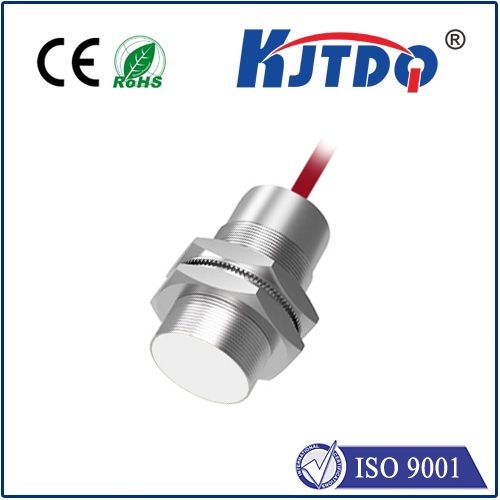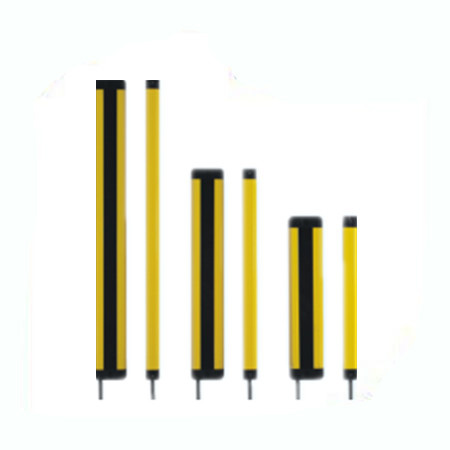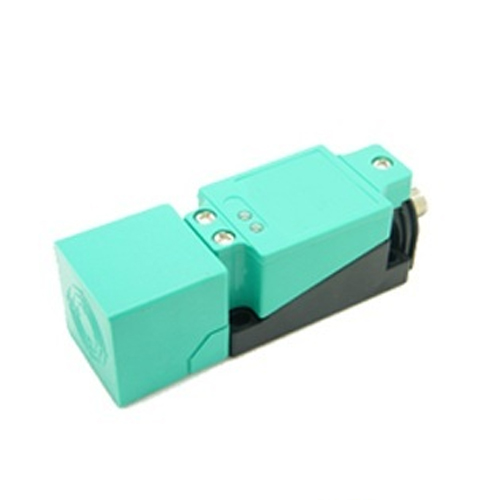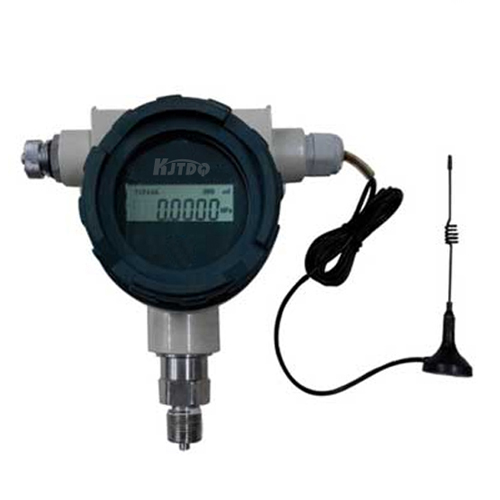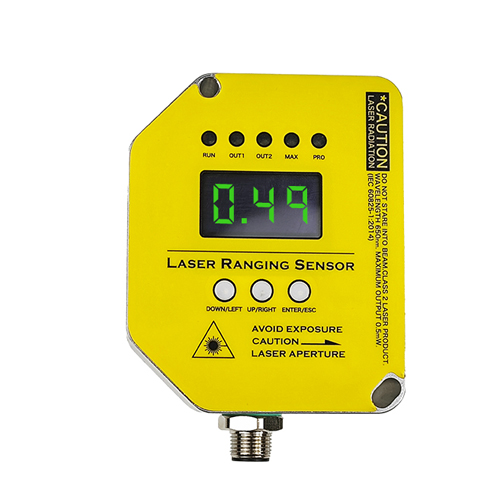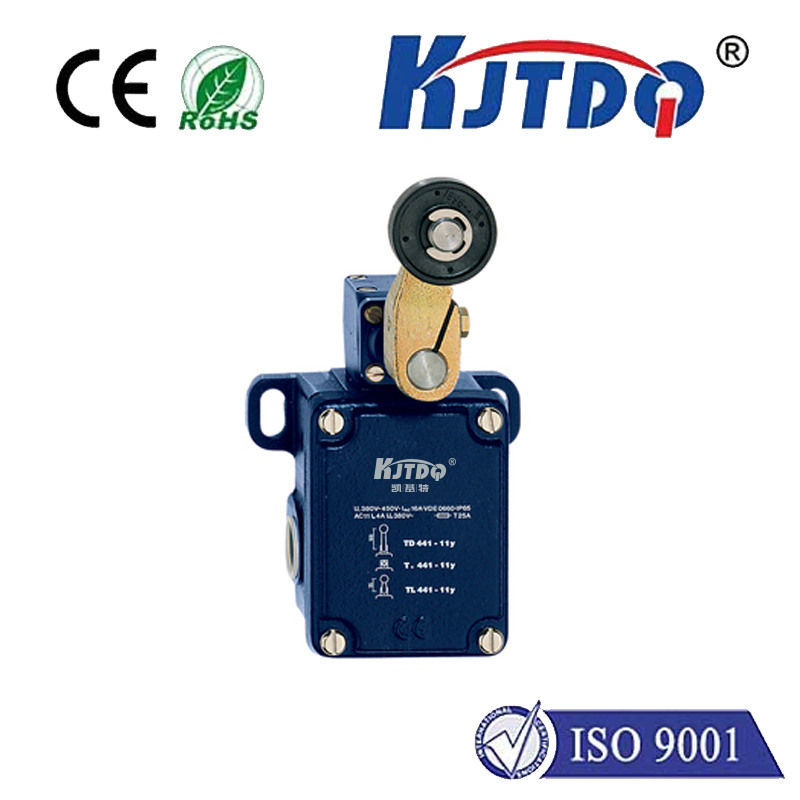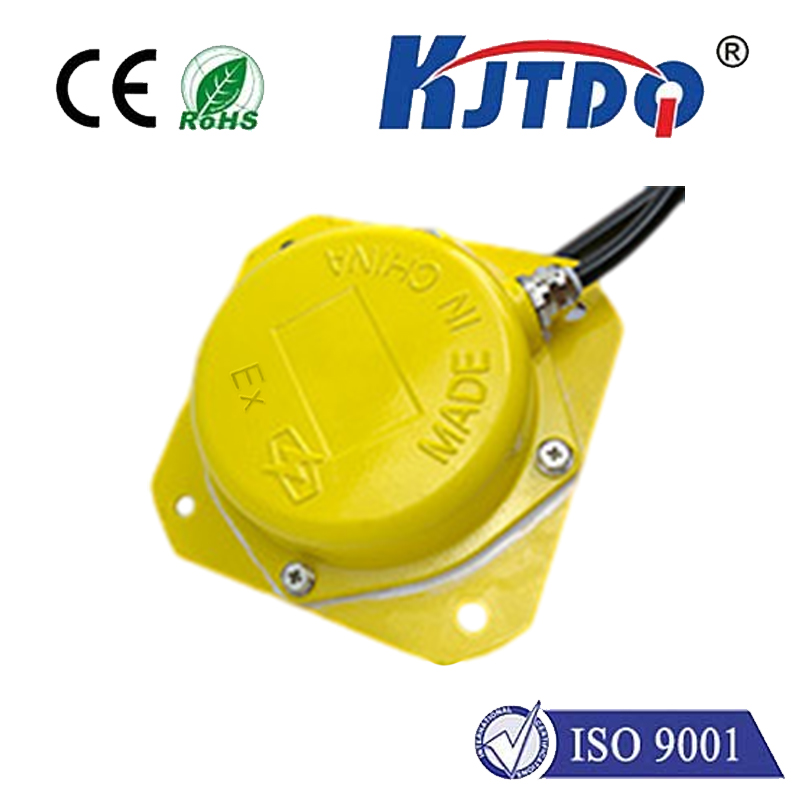BES030Y proximity sensor
- time:2025-10-16 14:57:56
- Click:0
The BES030Y Proximity Sensor: Precision Detection for Demanding Industrial Tasks
Imagine a critical machine grinding to a halt because a component wasn’t detected, costing thousands in lost production. In the invisible web of modern automation, reliable sensing is the silent guardian preventing such chaos. At the heart of countless systems, devices like the BES030Y proximity sensor perform flawlessly, ensuring seamless operation, safety, and efficiency. This unsung hero of industrial automation deserves a closer look, especially when precision and reliability are non-negotiable.
The BES030Y belongs to the category of inductive proximity sensors. These non-contact devices excel at detecting the presence or absence of metallic objects (typically ferrous metals like iron and steel) without any physical interaction. This fundamental principle grants them significant advantages: no moving parts to wear out, exceptional longevity, immunity to dust and dirt (within specified limits), and incredibly fast response times. They operate silently and robustly, making them indispensable in harsh factory environments where mechanical switches would quickly fail.
How the BES030Y Works Its Magic
Inside the BES030Y’s typically cylindrical, robust housing lies a copper coil. When energized, this coil generates a high-frequency oscillating electromagnetic field around the sensor’s face. The crucial moment occurs when a metallic target enters this field. The metal causes eddy currents to form on its surface. These currents draw energy from the sensor’s oscillator circuit, dampening the oscillation amplitude. The sensor’s built-in electronics detect this specific change in oscillation strength. Once the dampening exceeds a predefined threshold, the sensor’s internal electronic switch changes state – either opening or closing its output circuit – signaling the presence of the target.

This elegant principle translates into the BES030Y’s key capabilities:
- Non-Contact Detection: Eliminates physical wear and tear, ensuring a long operational life.
- High Switching Frequency: Capable of detecting targets at incredibly high speeds – often operating 150 times per second or more – perfect for fast-moving production lines.
- Robust Construction: Engineered to withstand the rigors of industrial settings, typically featuring ratings like IP67 (dust-tight and protected against temporary immersion). Its housing is commonly constructed from nickel-plated brass or rugged PBT plastic, offering resistance to oils, coolants, and mechanical impacts.
- Immunity to Surface Conditions: While optimized for metals, its operation isn’t hindered by surface dirt, oil (within specifications), or minor contamination on the target itself.
- Reliable Operation in Harsh Environments: Designed to perform consistently despite vibration, shock, and extreme temperature variations commonly found in manufacturing plants.
Understanding BES030Y Specifications: Key to Application Success
Selecting the right sensor is paramount. While specific data sheets are essential for final confirmation, typical characteristics associated with the BES030Y include:
- Sensing Range: Often a 5mm nominal sensing distance. Remember, this is calibrated for a standard mild steel target (e.g., 1mm thick). Actual range depends on the target material’s size, shape, and metal type (ferrous metals offer the best range).
- Output Configuration: Frequently available as NPN Normally Open (NO) or PNP Normally Open (NO) solid-state outputs, compatible with most PLCs (Programmable Logic Controllers) and control systems. Some variants might offer Normally Closed (NC) or specific switching logic.
- Operating Voltage: Commonly operates within a DC voltage range, such as 10-30V DC, providing flexibility for various control circuits.
- Connection Style: Typically features a fixed cable or a standard connector (like M8 or M12), simplifying wiring and maintenance.
- Operating Temperature Range: Engineered for industrial use, often spanning -25°C to +70°C (-13°F to +158°F).
- Protection Rating: The IP67 rating is a significant advantage, meaning it’s dust-tight and can withstand temporary submersion in water up to 1m depth. This makes it suitable for washdown areas or dusty locations.
Where the BES030Y Shines: Industrial Applications
The versatility of the BES030Y inductive proximity sensor makes it a cornerstone technology across numerous sectors:
- Manufacturing & Assembly Lines: Counting parts on conveyors (precisely detecting each metal component), verifying the presence of components before assembly, monitoring robotic arm positions, confirming fixture closure.
- Material Handling: Detecting pallets or metal rollers on conveyors, signaling the end position of a sliding gate or cylinder, monitoring elevator car positions relative to floors.
- Packaging Machinery: Verifying the presence of metal lids or caps (critical for bottle capping lines), detecting filled metal containers, confirming carton sealing equipment position.
- Automotive Production: Monitoring robotic welder positions, detecting metal stampings during transfer, confirming cylinder actuation in presses and clamps.
- Machine Safety: Used in interlocks to confirm guards are securely closed before machinery start-up, enhancing operator safety dramatically.
- General Machinery: Position sensing for cylinders (end-of-stroke detection), monitoring rotational speed by detecting gear teeth or keyways, verifying tool presence in CNC machines.
Optimizing Performance: Installation and Considerations
To harness the full potential of your BES030Y sensor, consider these critical installation factors:
- Correct Mounting: Ensure the sensor is securely fastened. Vibration can lead to false signals or damage. Use appropriate brackets if needed.
- Target Material & Size: Confirm that the target is metal (preferably ferrous for best range) and large/thick enough to reliably trigger the sensor at the required distance. Thin foil or very small targets may not be detectable.
- Sensing Distance: Respect the nominal sensing distance. Provide adequate clearance around the sensor face. Ignoring mounting clearances specified in the datasheets can lead to interference or unreliable operation.
- Environment: While robust, be mindful of extreme conditions exceeding its specifications. Constant submersion (beyond IP67 temporary rating), highly corrosive chemicals, or temperatures outside its rated range will compromise performance.
- Wiring: Carefully follow the manufacturer’s wiring diagram for the specific output configuration (NPN vs. PNP) and voltage supply. Using shielded cable is often recommended in electrically noisy environments to prevent interference.
Choosing the BES030Y proximity sensor means opting for proven reliability. Its combination of robust construction, non-contact operation, high-speed response, and environmental resilience makes it a trusted choice for engineers tasked with maintaining production uptime and operational integrity. By understanding its working principle, specifications, and optimal installation practices, you leverage this compact powerhouse to safeguard processes, enhance safety, and drive efficiency in your most demanding automation challenges.






